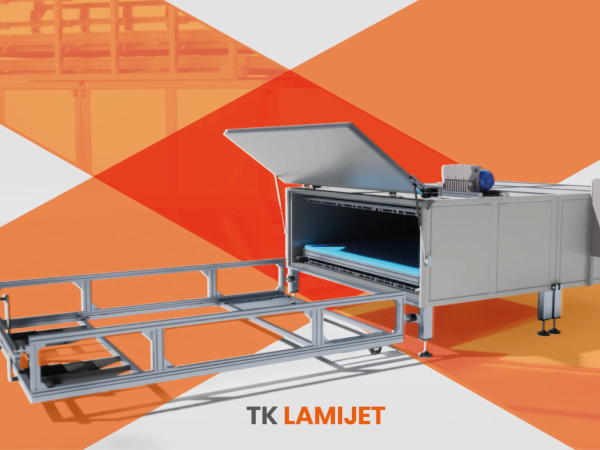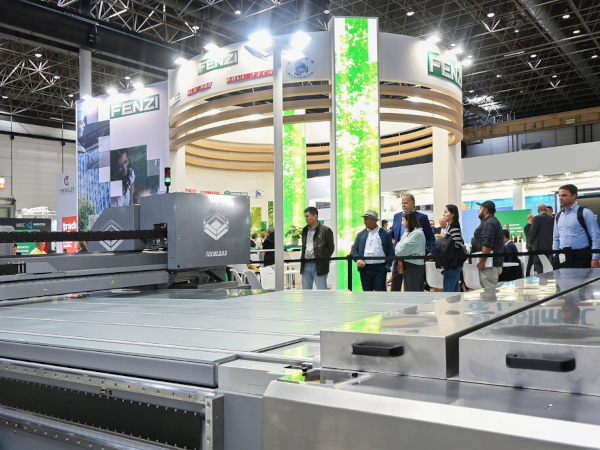Date: 21 October 2015
The man-made variety is thought to have first appeared at around 3 500 BC, when it was used in Egypt and Mesopotamia to glaze pots. Only in around 100 AD is the first evidence of its use in building to be found in records indicating that the Romans installed glazed windows in some of their more important buildings
Today, the same basic substrate in varying forms provides the durable and versatile material known as architectural glass. No longer confined to the role of windows and employed mainly for their transparency, today’s new and specially formulated or strengthened products are designed to provide a wide range of useful functions, both within the interiors of modern buildings and on their exterior aspects. Where used to make windows or transparent doors, these modern materials offer home and business owners a variety of valuable properties that ranges from minimal reflectivity to thermal insulation, fireproofing and protection against UV radiation, not to mention exceptional resistance to impact, even from bullets.
New technologies and improved materials have provided manufacturers with an unprecedented freedom to tailor architectural glass to all manners of forms and, in doing so, have given the more creative designers a free reign to pursue their imagination. The results are to be seen in such creations as a near-invisible spiral staircase that imparts the sensation of walking on air and in gracefully curved, transparent walls that serve as partitions to create individual work cubicles that provide privacy, without isolating their occupants from one another like standard partition walls. In the home, a crystal clear panel can be used to guard a fireplace, allowing the heat to pervade a room unimpeded, whilst also protecting it from the risk of fire due to stray sparks.
Architectural glass also has industrial applications. Products that allow crystal-clear viewing, yet are impervious to X-rays and other forms of ionising radiation are now widely employed in a variety of medical and nuclear applications. Other specialised products include glass-ceramic cooker tops, and rail and road signal lenses.
Clearly, these are specialised products and, as such, they are the province of a specialist. In South Africa, this is a field in which our Midrand-based company, Labotec Industrial Technologies, has earned the role of an industry leader. With more than 50 years of experience in all aspects of this versatile material, we are the nation’s preferred suppliers of architectural glass.









Add new comment